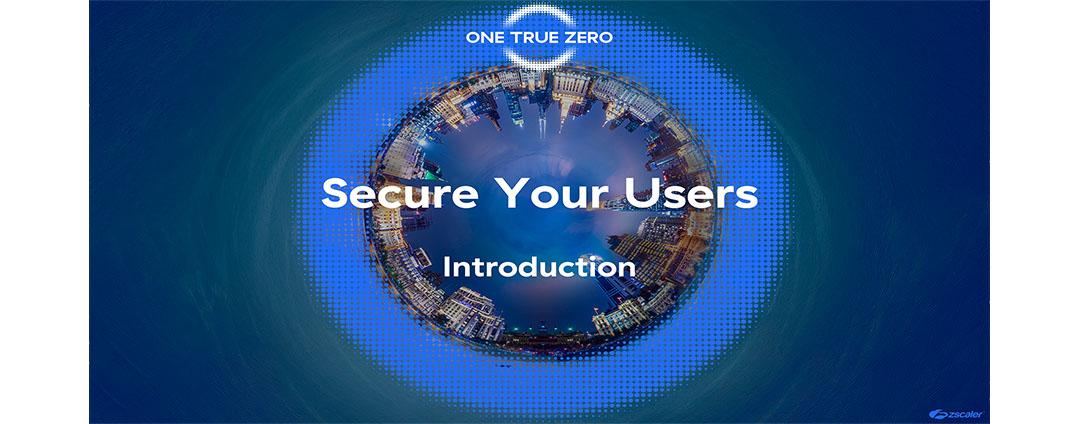As technologies advance, cyberthreats advance with them. Cyberattackers are finding innovative and better ways to infiltrate your environment and carry out stealthy attacks that aren’t easy to detect by traditional defenses. Human-operated attacks represent a more challenging threat, as cyberattackers are skilled and adaptable and play on a number of tactics that help them to strategize what works best to get them inside an environment.
According to Verizon, more than 60% of breaches involve credentials. It is now even more challenging to identify active threats, privilege escalation, and lateral movement because attackers are concentrating on bypassing MFA, hacking users, and attacking apps as the initial point of entry. They prowl around the perimeter of the company looking for a way inside, which they may do by tricking a user into clicking on a malicious link (phishing), opening a corrupted attachment, or providing login information by stealing passwords or getting credentials from the dark web. They may also succeed by exploiting a zero-day or unpatched vulnerability. However, the attackers are vulnerable too. Let's try to comprehend a bit more on how we can manipulate to defraud attackers and render their endeavor ineffective!
Trust your traps
Deception technology outsmarts the attacker and dupes them into their own traps. This technology offers early insight into attacks by exposing an actor’s tactics, techniques, and procedures (TTPs) and alerting security teams to take immediate response actions to thwart them before the attacker can penetrate the environment. Deception is used to divert an attacker's attention away from important assets and onto fictitious ones, wasting the attacker's time, money, and efforts.
Zscaler Deception is a part of active defense to enhance security posture, sustain networks under an assault, and promptly identify threats far before an attack occurs. Zscaler Deception provides you visibility and insight into the attacker’s every move.
How does it work?
It’s worth noting that an attacker must "trust" the environments in which they introduce their malware on the web apps and services. Zscaler Deception exploits their “trust” and confidence and lures the attacker toward pre-setup traps. The solution populates your IT environment with false resources that seem like production assets, but no legitimate user ever accesses them. Once they are touched, it triggers an alarm.
Then, it employs deception-based alerts to identify malicious activities, produce threat intelligence, stop lateral movement, and orchestrate automated threat response and containment. The alarm is a high-fidelity alert to the SOC team indicating the presence of an attacker, and responses are deployed swiftly to deter the attack thus making their attempt futile. The solution leverages the Zscaler Zero Trust Exchange active defenses to make your environment hostile to attackers and able to track the full attack sequence.
Benefits of Zscaler Deception
Zscaler Deception helps you identify known or unknown security threats that can harm your organization.
Discover and eliminate stealthy attacks: Proactively detect sophisticated threats and disrupt targeted attacks such as Advanced Persistent Threats (APTs), zero-day threats, ransomware, supply chain attacks, and lateral movement in real time. Detect and alert on the most elusive cyberthreats in your organization by laying decoys and false user paths that lure attackers.
Reduce noise due to false alarms: Zscaler Deception not only scales well but provides high-fidelity alerts that remediate many of the pain points of security teams to tackle the daunting task of looking at huge volumes of false alarms. Zscaler Deception helps to weed out false positives, meaning it can save a SOC team‘s critical resources. SOC teams now can devote their time to alerts that need attention. Security teams can elevate their focus from simple detection to prevention and meaningful intelligence on threat actors.
Detect compromised users: With zero trust reducing the attack surface, leave no room for adversaries to maneuver by detecting attacks that leverage credentials stolen through phishing or the dark web.
Stop lateral movement: Identify and stop attackers who have gotten past conventional perimeter-based defenses and are attempting to move laterally through your environment. Zscaler employs countermeasures, like endpoint lures and application decoys, to intercept adversaries and hinder their ability to move laterally or discover targets.
Protect against ransomware: Decoys serve as tripwires that allow ransomware to be found at every point in the kill chain. Simply having decoys in your system prevents ransomware from spreading.
Preventive threat detection: Zscaler enables you to detect sophisticated adversaries, such as organized ransomware operators or APT groups. Decoys placed around the perimeter catch stealthy pre-breach recon actions that frequently go undiscovered.
Accelerate your incident response: Zscaler helps SOCs by providing them high-fidelity and real-time alerts. By automating the response, security teams drive efficiency and reduce complexity for a faster mean-time-to-response (MTTR).
Zscaler deception with zero trust exchange for better threat detection and response
There is a “no one size fits all” solution in cybersecurity practice to deal with security incidents. However, the goal is to reduce your attack area and improve your capacity for incident response. The fusion of Zscaler zero trust security with deception technology is one of the most potent combos. Zero trust, also known as "least-privileged access," restricts access to only the bare minimum of necessary resources while presuming that every access or user request is hostile until the user's identity and the context of the request are verified and authorized. In a zero trust environment, Zscaler Deception decoys serve as tripwires to identify malicious activities and lure attackers away from carrying out attacks. Zscaler Deception expands your threat detection and response to include the most complex attacks, including identity-based threats and advanced persistent threats (APTs). With Zscaler Deception, your security teams can now detect an attack quickly, understand the attacker's strategies, and create a playbook of automated countermeasures to outwit and dissuade the attacker.
Discover why deception is critical to modern security systems. Read the white paper - Deception Technology: An integral part of the next generation SOC
Watch out for our next article on Zscaler Deception, where we will continue discussing how we can track and hunt the most elusive threats!






